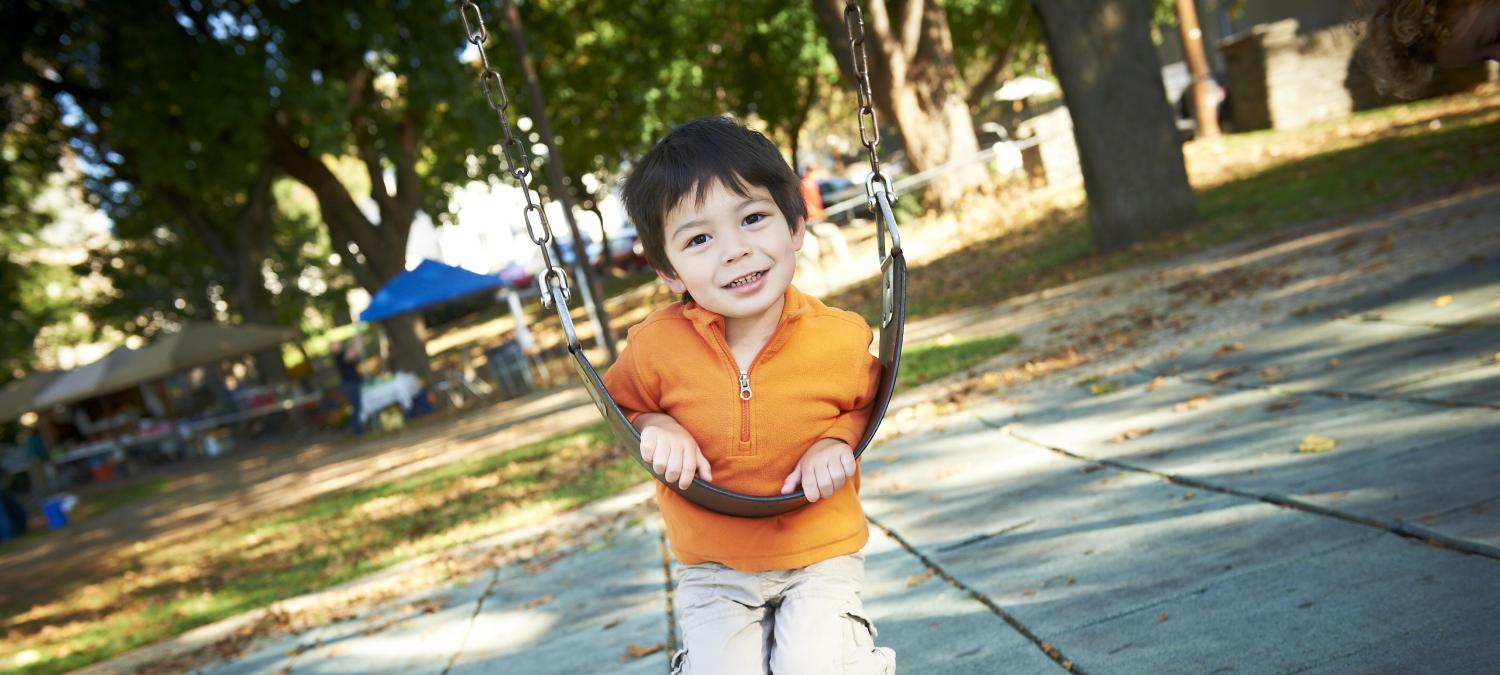

Publications
Search Tips
- Mar 2025
Introduction: Poverty and associated health-related social needs can negatively impact child health. As pediatric health systems implement social needs screening programs, they should aim to measure and promote equal rates of screening across demographic groups and to support…
- Feb 2025
The coronavirus disease 2019 (COVID-19) pandemic created a unique set of challenges within the USA. The combination of the pandemic and long-standing systemic racism has generated greater maternal health disparities in minoritized populations, especially Black birthing individuals,…
- Feb 2025
Background: Offering contraceptive methods at pharmacies without a prescription is an innovative solution to reduce the incidence of unintended pregnancies among adolescents and young adults (AYA). Pharmacy-prescribed contraception may increase the convenience, simplicity, and…
- Feb 2025
Background: Community health workers (CHWs) are vital links between communities and health systems, with CHW models facilitating positive health and life outcomes. However, little is known about CHWs’ experiences serving in these roles or their potential to support the transition to…
- Feb 2025
PolicyLab responded to a request for comment from the U.S. Departments of Health and Human Services and Agriculture on two reports on alcoholic beverages and health. The reports and comments will be considered in the development of the 2025-2030 Dietary Guidelines for Americans (DGA)…
- Feb 2025
Objective: Depression and stressors both increase during adolescence. The stress generation model posits that depression symptoms and associated impairment contribute to the generation of dependent stressors. Adolescent depression prevention programs have been shown to reduce the…
- Feb 2025
ObjectiveTo identify variations in practices, facilitators of and barriers to universal suicide screening of children and adolescents with IDDs in pediatric developmental and behavioral health settings. MethodsCenters from the Developmental Behavioral Pediatrics Research Network …
- Jan 2025
Many pediatric health systems have recently implemented social needs screening and support programs in response to the link between social needs and children’s health outcomes, as well as mandates and incentives from payers and regulatory organizations. In developing processes for…
- Jan 2025
Background: School nurses (SNs) can play important roles in the health of sexual and gender minority (SGM) youth, yet little is known about their knowledge and attitudes toward this population.Purpose: To understand SNs' knowledge and attitudes in caring for SGM youth across…
- Jan 2025
Police killings of Black people compared with White people is a health disparity. Witnessing police violence and experiencing intrusive police encounters are linked to adverse mental health outcomes. Preparing Black youth to safely navigate police interactions is colloquially referred…